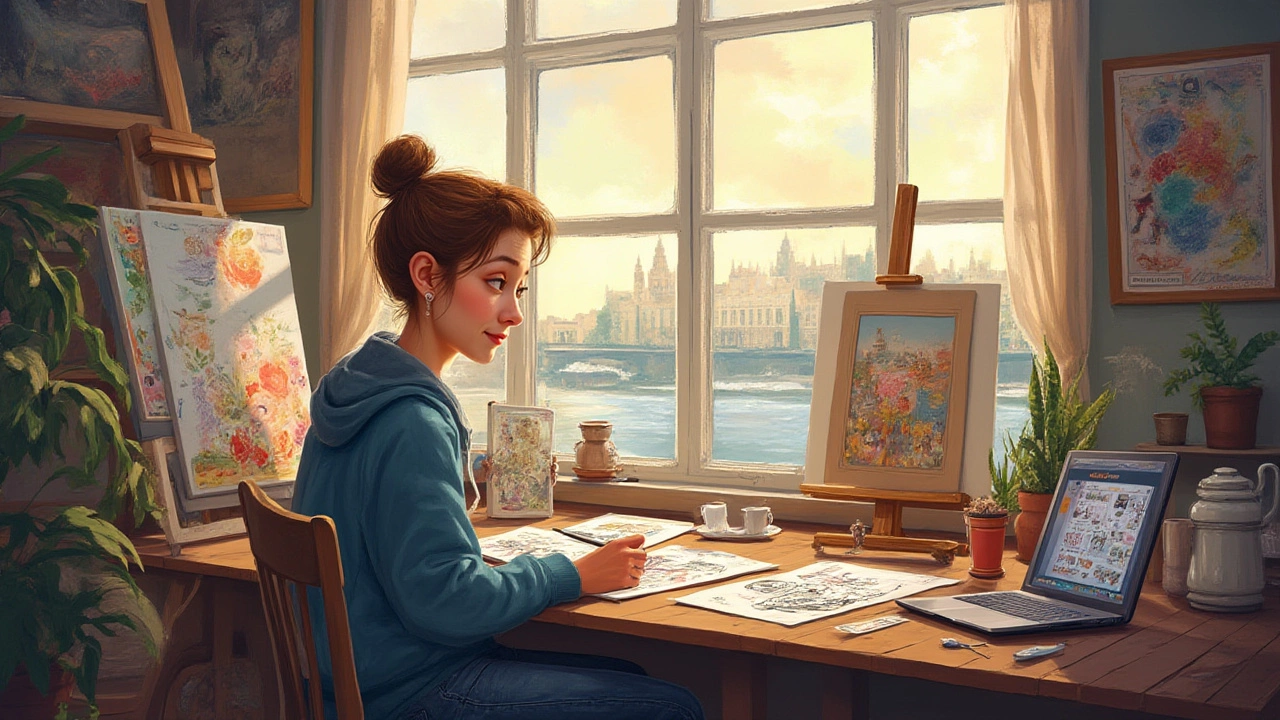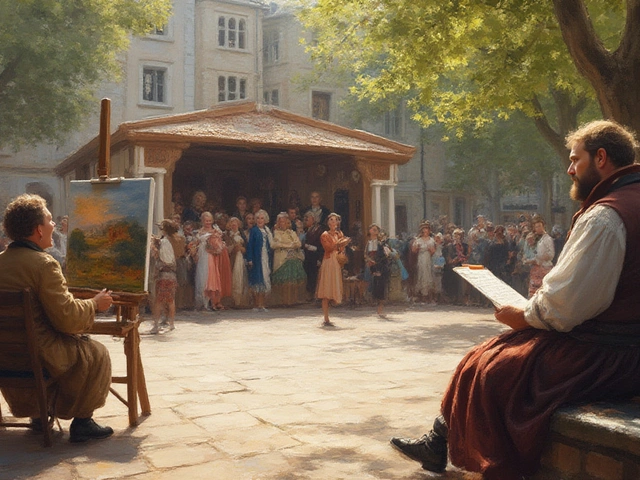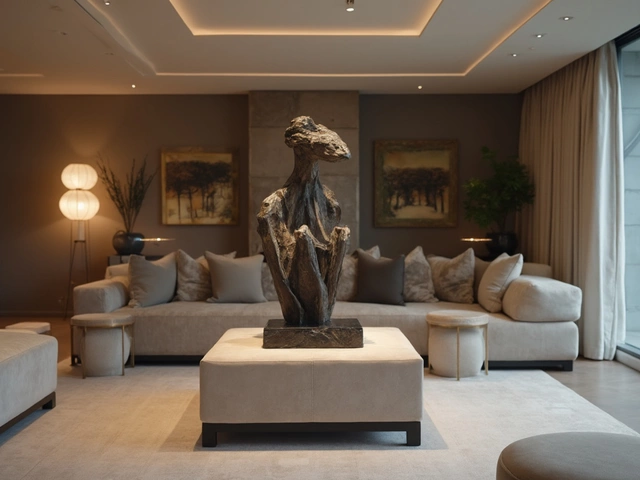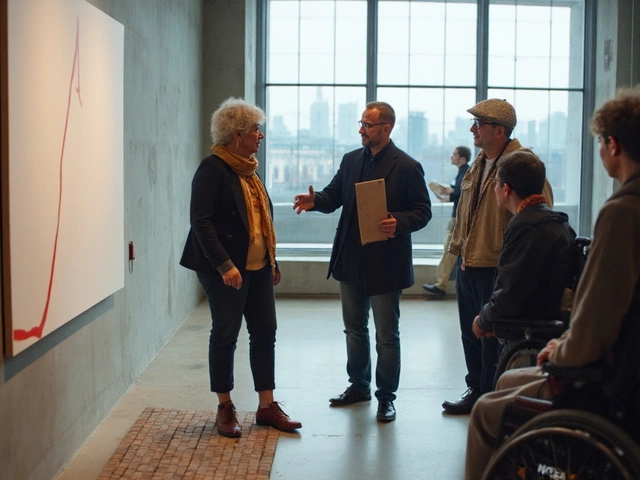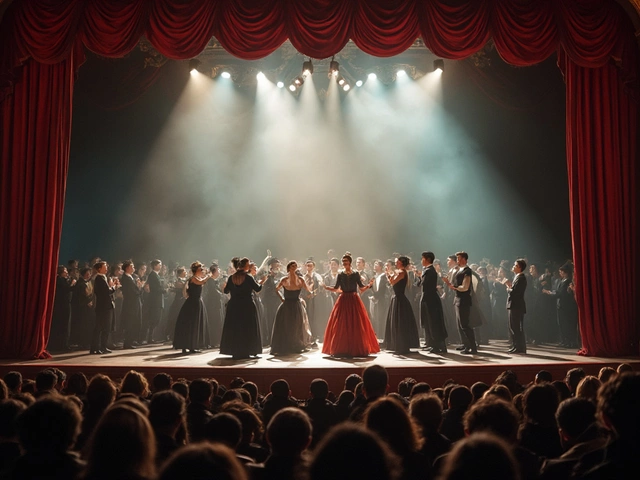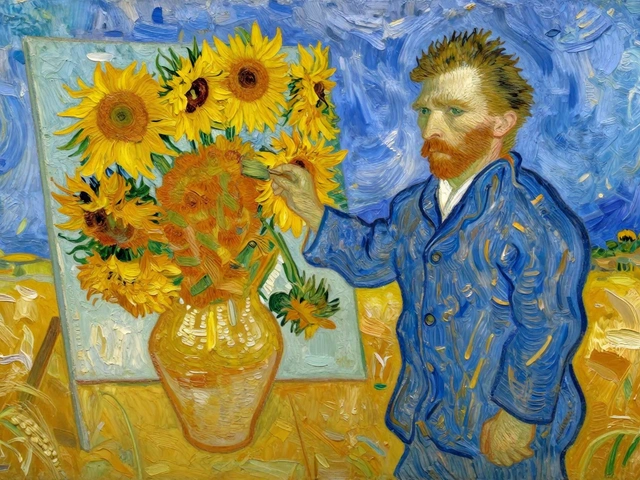You know that nervous feeling when your hands shake just before unveiling your work to the world? That’s the thrill—and the terror—of a first art exhibition. Right now, there are more galleries than ever, from slick white cubes in New York to graffiti-splashed walls in Auckland. Yet, every artist remembers the first time they saw their name on a gallery poster. The hard truth? It’s not all sunshine and wine. There’s a minefield of details that can trip you up, from insurance hiccups to confusing price lists. But if you approach it smartly, nothing matches the wild mix of pride and relief when you spot a red dot sticker next to your painting—even if it’s your mum who bought it. Forget what anyone else tells you: even in 2025, a physical art show still carries weight.
Finding the Right Venue: Beyond the Gallery Walls
The stereotype? Walking into a hushed, intimidating gallery space that smells vaguely of paint and expensive cheese. That’s one option, sure. But 2025 is full of other choices. Coffee shops, coworking spaces, public libraries—even community halls have become legit art venues. Some of the most memorable shows I’ve seen weren’t in the glitzy galleries, but above a fish ’n chips shop or inside a converted bus (Wellington, you’re wild). The point: don’t box yourself in.
Start local. Stalk your city’s Facebook groups and event boards for pop-up spaces. Ask your favourite barista if that blank wall near the window could use some flair. And check if any schools or cultural centres rent out walls by the week. Recent numbers out of Australia showed that nearly 35% of first-time exhibitors skipped traditional galleries entirely. Not only does this save you on annoying gallery commission fees, but it often means a way more relaxed crowd. Bonus: these spots are usually friendlier about letting you handle your own pricing, marketing, and set-up.
That said, some galleries specialize in emerging artists and run regular "open calls." These are usually free or low-cost to enter. For a proper gallery show, expect a 30–50% commission on sales. Sometimes, there’s also a hanging fee. Ask for a contract and read it—boring, but essential. If you end up in a traditional gallery, check if they offer insurance. If not, you’ll need to cover your own art (don't skip this; a spilled flat white can ruin months of work). In New Zealand, for instance, public liability insurance is sometimes bundled into larger venues but not always.
Don’t forget the set-up basics: lighting, plinths for sculptures, hooks for canvases. Portable lighting makes a world of difference, especially in poorly lit spaces. Have a rough floorplan so traffic flows and viewers aren’t bumping elbows every two minutes. Sketch it out, shuffle pieces, and stand back for a gut check before finalizing.
Choosing, Preparing, and Pricing Your Artwork
This bit can send you spinning: what do you actually show? There’s a temptation to throw in everything you’ve done, from your high school doodles to last night’s abstract. Resist it. The best exhibitions have a theme or a thread—something that ties the work together. You don’t need to get all existential; a simple color scheme, technique, or subject can be enough. Recent research from ArtFacts.net shows that themed shows (even very loose ones) tend to sell more and generate better press.
Be ruthless. Lay out every piece you’ve got and ask yourself: Does this fit with my strongest work? Ask a friend for honest feedback. If you wouldn’t buy it from yourself, don’t hang it. For your first show, try between 10 and 20 works. Fewer than 10 and it can feel sparse; push past 20 and it’ll get crowded, unless you have a huge space.
Now, prepping your work. Every painting, print, or photograph needs to be framed or mounted to professional standards. No crooked corners, no flimsy tape. Clean glass. Signed—always sign your work! Add a title label and the year you made it. If you’re working in sculpture or mixed media, triple check stability. The fastest way to get bad reviews is having something topple over after a glass of merlot.
Pricing? This is where most new artists freeze up. The secret: research. Visit similar shows or stalk local art sites like Artshow.co.nz to see what work like yours is going for. Resist the urge to price too low out of panic—collectors often overlook underpriced pieces, thinking they aren’t good. But don’t overshoot, either. Start with a simple formula: materials plus your time (figure an hourly rate that feels fair), then add a bit for overheads and the gallery’s cut. Document prices in a simple spreadsheet:
| Title | Medium | Size (cm) | Price (NZD) |
|---|---|---|---|
| “Storm Over Lyall Bay” | Oil on canvas | 60 x 80 | $900 |
| “Taranaki Dreaming” | Mixed media | 40 x 50 | $600 |
| “Kōwhai Study #3” | Watercolour | 20 x 30 | $250 |
Once you’ve settled on prices, print up clear labels for each work. It helps eliminate awkward "how much?" moments on opening night.
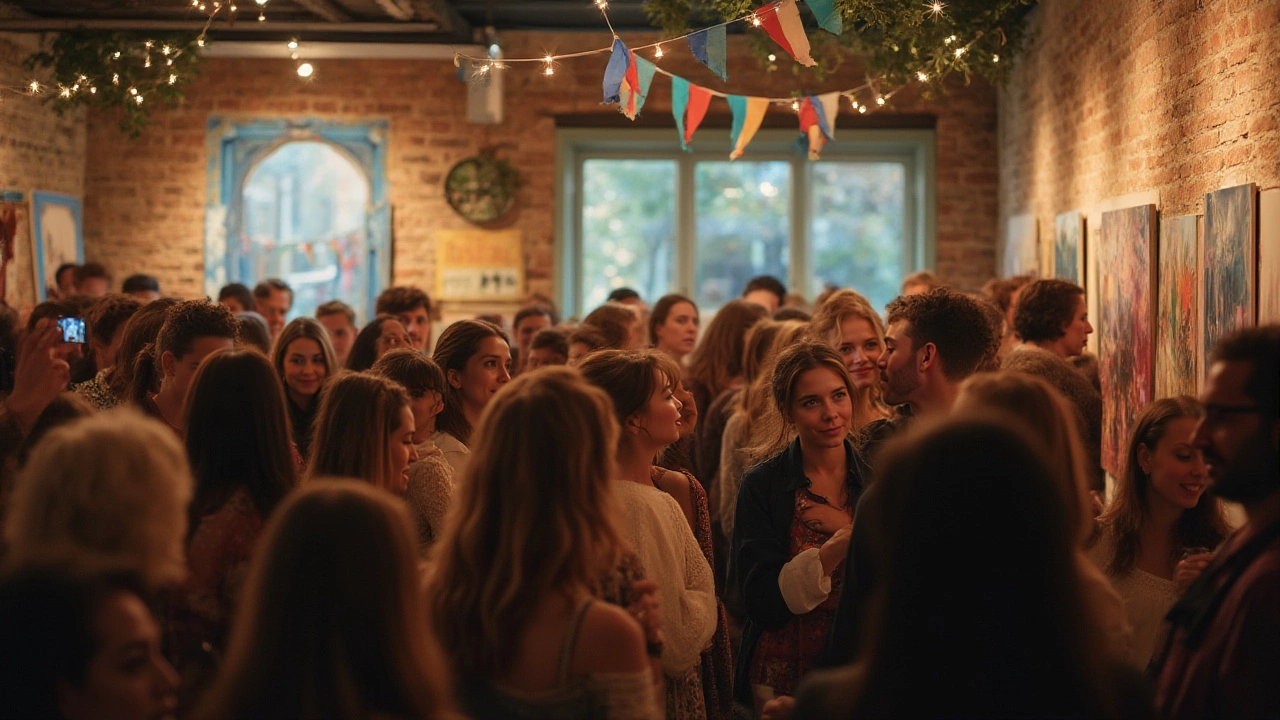
Marketing Your Exhibition: Getting Butts In the Door
Here’s the bit many artists dread, but there’s no way around it. Even the most jaw-dropping art needs an audience. Social media is your friend here. Build a Facebook event with good photos and details on time, place, and how long your work will be showing. Instagram still leads for visual buzz, especially if you use location tags and simple hashtags like #NZart or #EmergingArtist. Bonus: Wellington City Council often shares cool local art openings, but you have to submit your info about two weeks ahead.
Create a short, punchy press release. Don’t waffle about “passion”; give the who, what, when, where, why, and how—just like that. Send it to community noticeboards, local radio, your university, and even blogs that run “What’s On” calendars. Personal invites still work wonders; write to your friends, family, old teachers, coworkers, and anyone who’s ever shown interest in your art. One exhibition in Christchurch tracked attendance—it found that over 60% of first-night visitors came because of a personal invite, not because they saw an ad.
Printing flyers feels old school, but putting a few up at local cafes and libraries can work, especially for people who aren’t glued to their phones. Snag a few poster frames if your venue allows sidewalk signs. If you know a few friendly business owners, ask if you can leave a stack of small postcards at the counter. Your first audience will probably be people you know plus their plus-ones, so let them know you want the place buzzing.
Don’t forget the digital side. Some artists set up a simple one-page website or a dedicated Instagram highlight with all the needed info. Link to online sales if that’s your thing—more and more buyers like to scope out the catalogue before turning up. And yep, event reminders really help: send a reminder a day or two before the opening, and another halfway through the show run.
Opening Night and Beyond: Mastering the Experience
This is where it gets real and probably a bit sweaty. Opening night is more than just art on the walls—people expect a bit of a vibe. Music isn’t required, but a simple playlist set low can break the awkward silence. Think about snacks and drinks. Wine and cheese never hurt, but in Wellington, I’ve seen wheat beer and sushi go over just as well. Make sure someone’s on the door to greet guests with a smile (if you’re busy, rope in a friend).
Have a speech prepared, but keep it brief. Thank your visitors, mention the show’s theme, and invite questions. There’s no need to be stuffy—people love hearing what inspired a piece or a quick story about a creative mishap. If interviews or local press show up, be ready with a line about your journey or your goals as a new exhibitor.
Have a simple catalogue or price list by the entrance. Include a sign-up sheet—building a mailing list pays off, especially for your next exhibition. Even something as basic as an email signup QR code on the wall works. If you’re open to commissions, mention it. Print a stack of business cards or have digital versions handy.
Red sticker dots for sold works are classic for a reason—they create a buzz and encourage more sales. Be ready to handle payments on the spot if needed. Plenty of venues are cashless these days, so set up a mobile payment app, even if it’s just PayPal, Stripe, or a local equivalent. Bring wrapping materials if buyers want to take smaller works home immediately—but make sure the show’s run allows for this, as some venues prefer works to stay until the end.
After opening night, promote the exhibition’s run on social media again, especially with shots of the crowd and any positive press. Keep the energy going—many buyers visit later, once the crowds thin out. If you can, line up a small Q&A or artist walk-through for the middle of the run. Some venues like to keep the buzz alive by adding a late-night viewing or a closing event.
When the show ends, collect any unsold works and thank the venue staff. Share a roundup or short “thank you” post tagging everyone who helped out. Not every piece will sell; that’s normal, so don’t beat yourself up. The real win? You now have contacts, a mailing list, and a stack of real-world experience for next time. Who knows—your next show might land somewhere bigger, or just feel a little less terrifying.
Remember, your first art exhibition is as much about learning the ropes as it is about showing off your work. If you make the experience inviting and keep your chin up, you’ll walk away feeling more like an artist than ever before.
